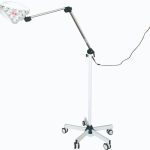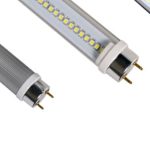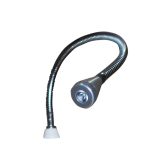How Many Watts Does a LED Light Bulb Use? Explained in Simple Terms
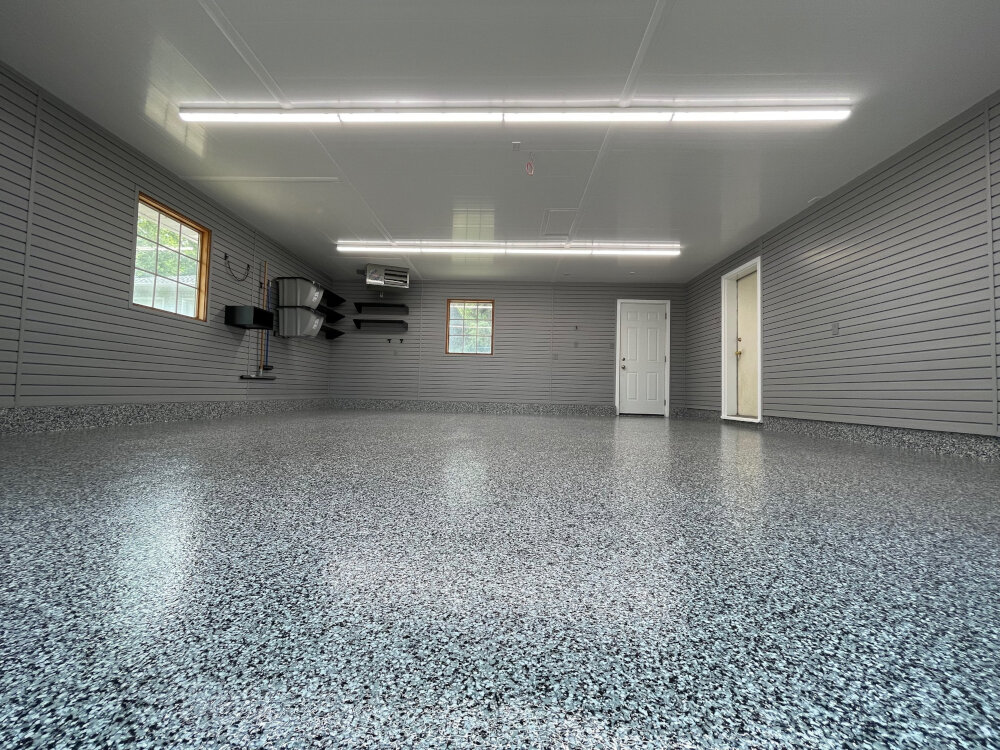
Lighting technology has undergone a significant transformation in recent years. One of the most notable innovations in this field is the introduction of LED light bulbs. These bulbs are becoming increasingly popular due to their energy efficiency and long-lasting nature. However, many people are unsure about the wattage of these bulbs and how it compares to traditional incandescent bulbs. In this article, we will explore how many watts a LED light bulb uses and explain this in simple terms. LEDs, or light-emitting diodes, are a type of solid-state lighting. Unlike traditional incandescent bulbs, which use a filament to produce light, LEDs use semiconductors that emit light when an electrical current is passed through them. This makes LED bulbs more energy-efficient because they require less electricity to produce the same amount of light. In fact, LED bulbs use up to 80% less energy than incandescent bulbs, which means they are not only better for the environment but can also save you money on your energy bills.
What are LED Light Bulbs?
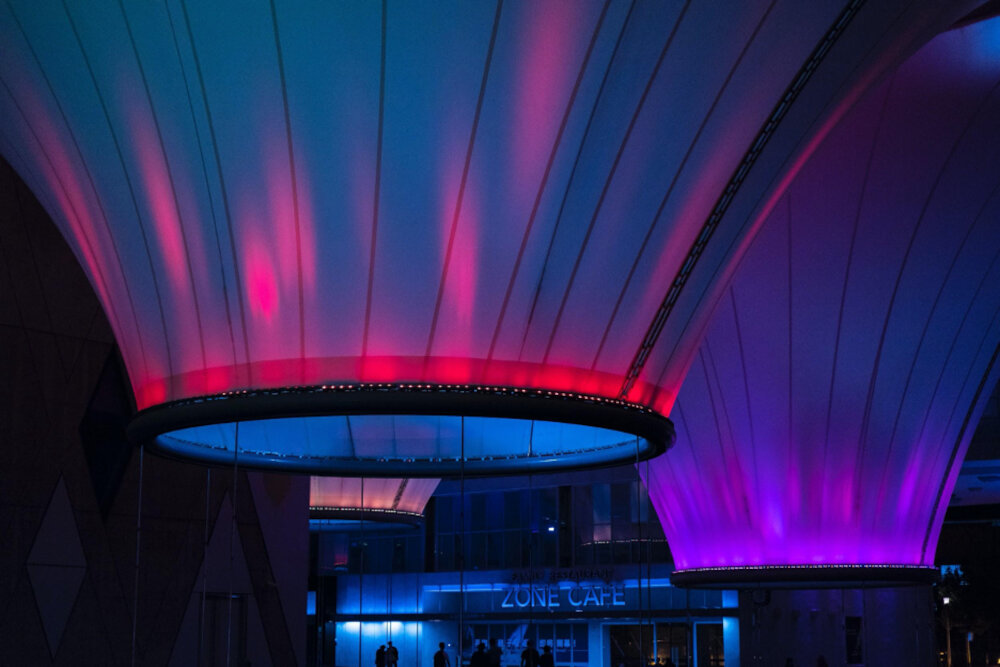
LED light bulbs are a modern, energy-efficient alternative to traditional incandescent bulbs. LED stands for \light-emitting diode,\ which is a semiconductor device that produces light when an electric current passes through it. LED bulbs use significantly less energy than incandescent bulbs, making them an eco-friendly choice for homeowners looking to reduce their carbon footprint. In addition to being energy-efficient, LED bulbs also last much longer than traditional bulbs, with an average lifespan of around 25,000 hours compared to just 1,200 hours for incandescent bulbs. This means that homeowners can save money on replacement bulbs over time, in addition to reducing their energy consumption. One of the key benefits of LED light bulbs is that they are highly versatile and can be used in a variety of applications. LED bulbs are available in a range of colors and brightness levels, making them suitable for everything from ambient lighting to task lighting. Additionally, LED bulbs are highly durable and resistant to damage from shock and vibration, which makes them ideal for use in outdoor and industrial settings. Overall, LED light bulbs offer a cost-effective, energy-efficient, and versatile lighting solution for homeowners and businesses alike.
LED light bulbs are a relatively new innovation in lighting technology. They work by using a semiconductor material that produces light when an electric current is passed through it. This material is usually made from a combination of gallium, arsenic, and phosphorus, which are arranged in a specific pattern to create a diode. When an electric current is passed through this diode, it excites the electrons in the material, causing them to emit photons of light. Unlike traditional incandescent bulbs, LED bulbs do not rely on heating a filament to create light, which makes them much more energy-efficient and longer-lasting. Additionally, LED bulbs can be designed to emit light in specific colors and intensities, making them ideal for a wide range of applications, from home lighting to industrial and commercial use.
How Many Watts Does a LED Light Bulb Use?
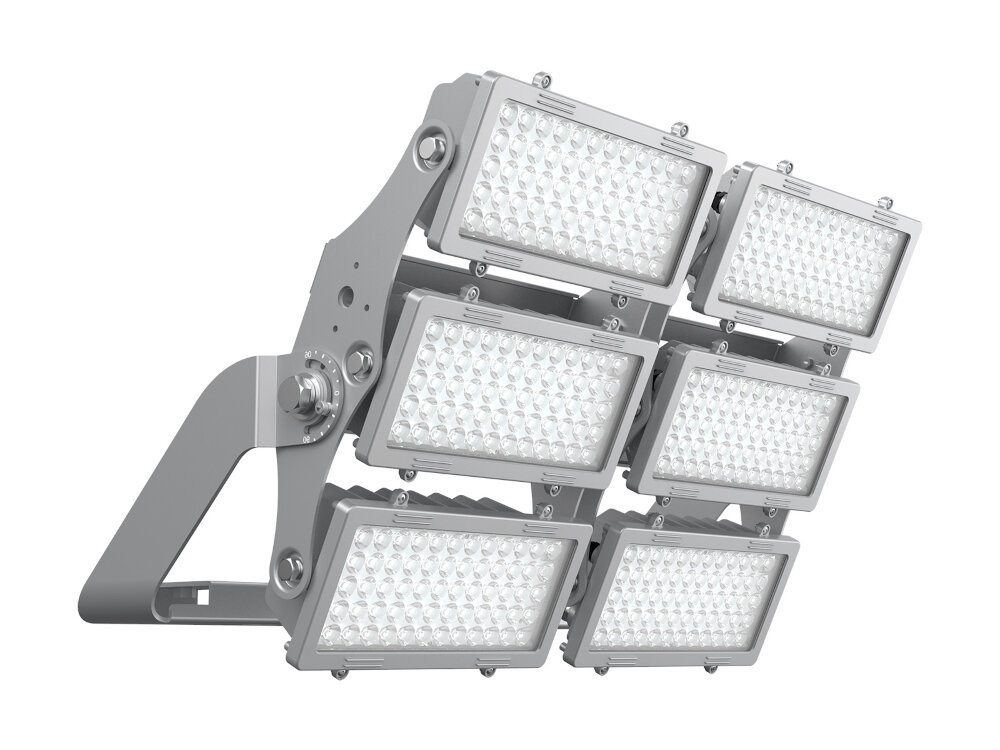
LED light bulbs are among the most energy-efficient lighting solutions available nowadays. Compared to traditional incandescent bulbs, LED bulbs use significantly less energy to produce the same amount of light. The wattage of an LED bulb depends on its brightness level and the size of the bulb. LED bulbs can typically range in wattage from 2 to 20 watts, depending on the application. For example, a 40-watt incandescent bulb can be replaced by a 6 to 8-watt LED bulb, and a 60-watt incandescent bulb can be replaced by a 9 to 13-watt LED bulb. That means that LED bulbs can use up to 85% less energy than traditional incandescent bulbs, making them an excellent choice for those who want to save money on their energy bills and reduce their carbon footprint. It’s worth noting that LED bulbs have a longer lifespan than incandescent bulbs, which can further contribute to energy savings. LED bulbs can last up to 25,000 hours, while incandescent bulbs have a lifespan of only 1,000 to 2,000 hours. The longer lifespan of LED bulbs means that they need to be replaced less frequently, reducing the amount of energy needed to manufacture and transport new bulbs. Additionally, LED bulbs produce less heat than incandescent bulbs, making them safer to use and reducing the need for air conditioning in warmer climates. Overall, LED bulbs are an excellent choice for those who want to save money on their energy bills and reduce their impact on the environment.
Watts are a unit of measurement that are commonly used to indicate the amount of power that a device consumes or produces. In the context of LED light bulbs, watts refer to the amount of energy that the bulb uses to produce light. The more watts a bulb uses, the brighter it will be. However, it’s important to note that watts are not the only factor that determines the brightness of an LED bulb. Other factors, such as the quality of the LED chips and the design of the bulb, also play a role. When choosing an LED light bulb, it’s important to consider both the wattage and the other factors that contribute to its overall performance.
When it comes to comparing LED wattage to traditional bulbs, it’s important to understand that wattage isn’t the only factor to consider. LED bulbs use significantly less wattage than traditional bulbs, but they also produce the same amount of light. This is because LED bulbs are much more energy-efficient, converting more of the energy they consume into usable light. Additionally, LED bulbs tend to have a longer lifespan than traditional bulbs, meaning they don’t need to be replaced as often. While LED bulbs may have a higher upfront cost, their energy efficiency and longevity make them a cost-effective choice in the long run.
Benefits of Using LED Light Bulbs
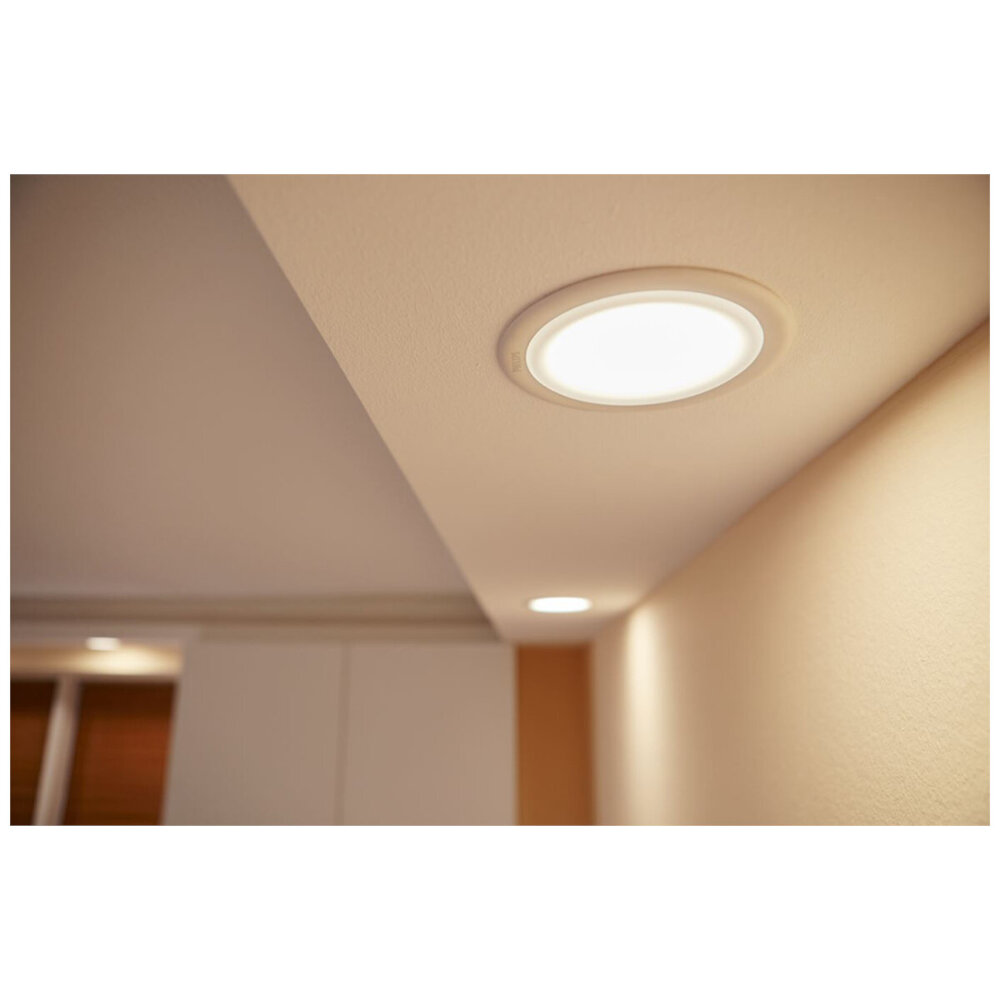
The use of LED light bulbs has been growing in popularity in recent years, and for good reason. One of the most significant benefits of using LED light bulbs is their energy efficiency. LED bulbs use up to 80% less energy than traditional incandescent bulbs, meaning you can save a considerable amount on your energy bills. Additionally, LED bulbs last much longer than traditional bulbs, with an average lifespan of 25,000 hours or more. This means you won’t have to replace them as often, reducing the amount of waste produced and saving you money in the long run. Another benefit of using LED light bulbs is their environmental impact. As they consume less energy, they also emit less CO2, making them a more environmentally friendly choice. Additionally, LED bulbs contain no mercury, which is a toxic substance found in traditional bulbs. This makes them safer to dispose of, reducing the risk of pollution and harm to the environment. LED bulbs are also more durable than traditional bulbs, as they are made with a solid-state construction, meaning they are less likely to break or shatter, reducing the risk of accidents and further waste. Overall, the benefits of using LED light bulbs are numerous, from energy efficiency to environmental impact and durability, making them a smart choice for anyone looking to save money and reduce their carbon footprint.
Energy efficiency refers to the process of using less energy to perform the same task or achieve the same result. This is an important concept when it comes to LED light bulbs, as they are designed to use less energy than traditional incandescent bulbs. By using less energy, LED bulbs not only save consumers money on their electricity bills but also reduce the amount of energy that needs to be produced, which can help to lower greenhouse gas emissions and combat climate change. Additionally, LED bulbs last longer than their incandescent counterparts, which means that they need to be replaced less frequently, further reducing their environmental impact. Overall, energy efficiency is a critical component of a sustainable future, and LED bulbs are an excellent example of how we can make small changes in our daily lives to achieve this goal.
While LED light bulbs are renowned for their energy efficiency, many consumers also consider their longevity when making purchasing decisions. Unlike traditional incandescent bulbs, LED bulbs are designed to last a significantly longer amount of time, with an average lifespan of 25,000 hours or more. This is due to their unique construction, which utilizes a solid-state lighting technology that doesn’t rely on a filament to produce light. In addition to their long lifespan, LED bulbs also have a lower failure rate and are more durable than other types of bulbs, making them an excellent investment for those looking to save money in the long term.
Cost savings is one of the most significant advantages of using LED light bulbs. LED bulbs are energy-efficient and consume less power than traditional incandescent bulbs, making them a cost-effective option in the long run. They use up to 90% less energy than incandescent bulbs, which translates to significant electricity cost savings over time. Additionally, LED bulbs have a longer lifespan than traditional bulbs, meaning they require fewer replacements, which also adds to the cost savings. While LED bulbs may have a higher upfront cost, the savings in energy and replacement costs make them a wise investment for both residential and commercial lighting needs.
Conclusion
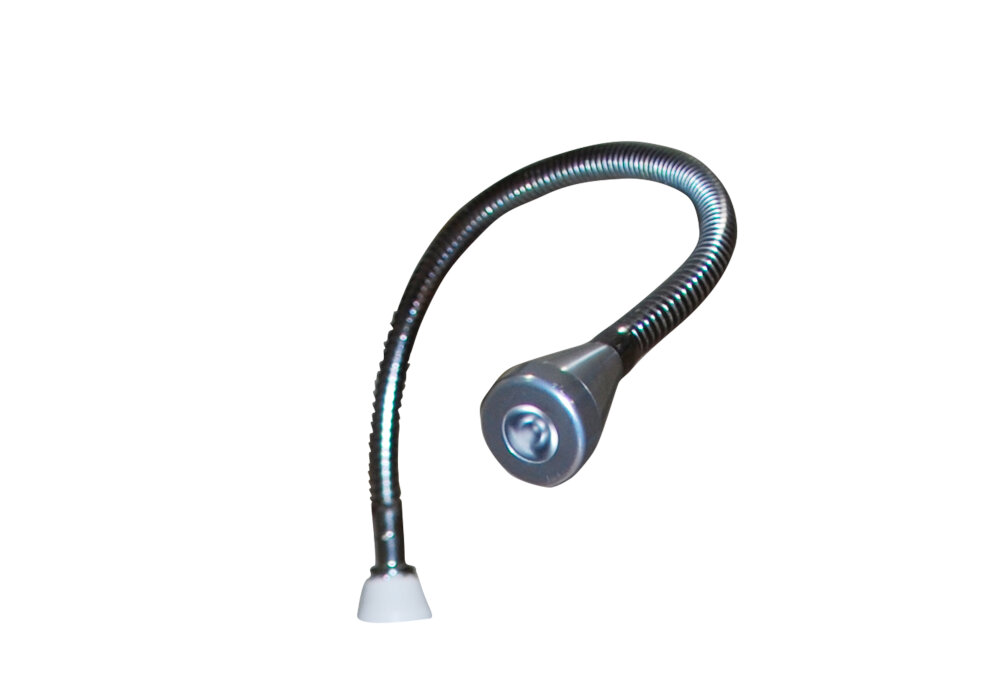
In conclusion, understanding the wattage of LED light bulbs is crucial in making informed decisions when it comes to lighting your home or workspace. By using LED bulbs, you can save on electricity costs while still enjoying bright, efficient lighting. It’s important to note that the wattage of an LED bulb may vary depending on its brightness level and the manufacturer. Thus, always refer to the packaging or manufacturer’s specifications for accurate information. Overall, switching to LED bulbs is a smart, eco-friendly choice that can benefit both your wallet and the environment.

